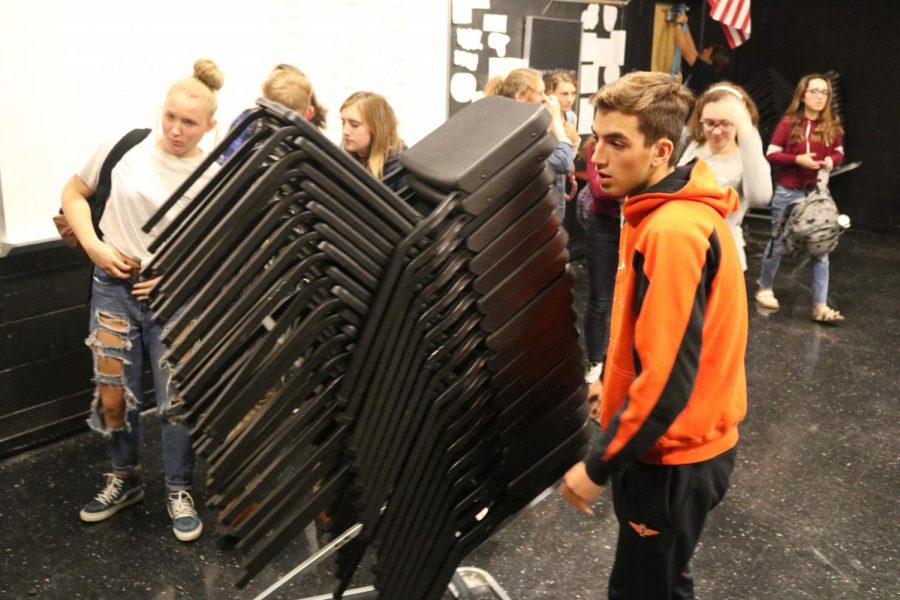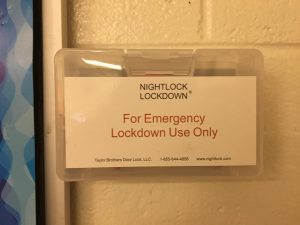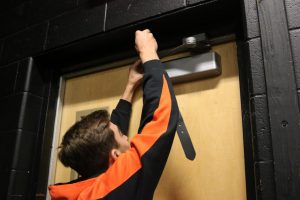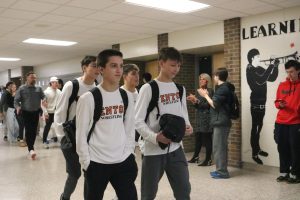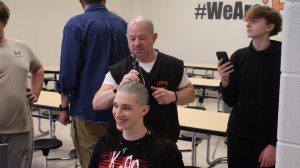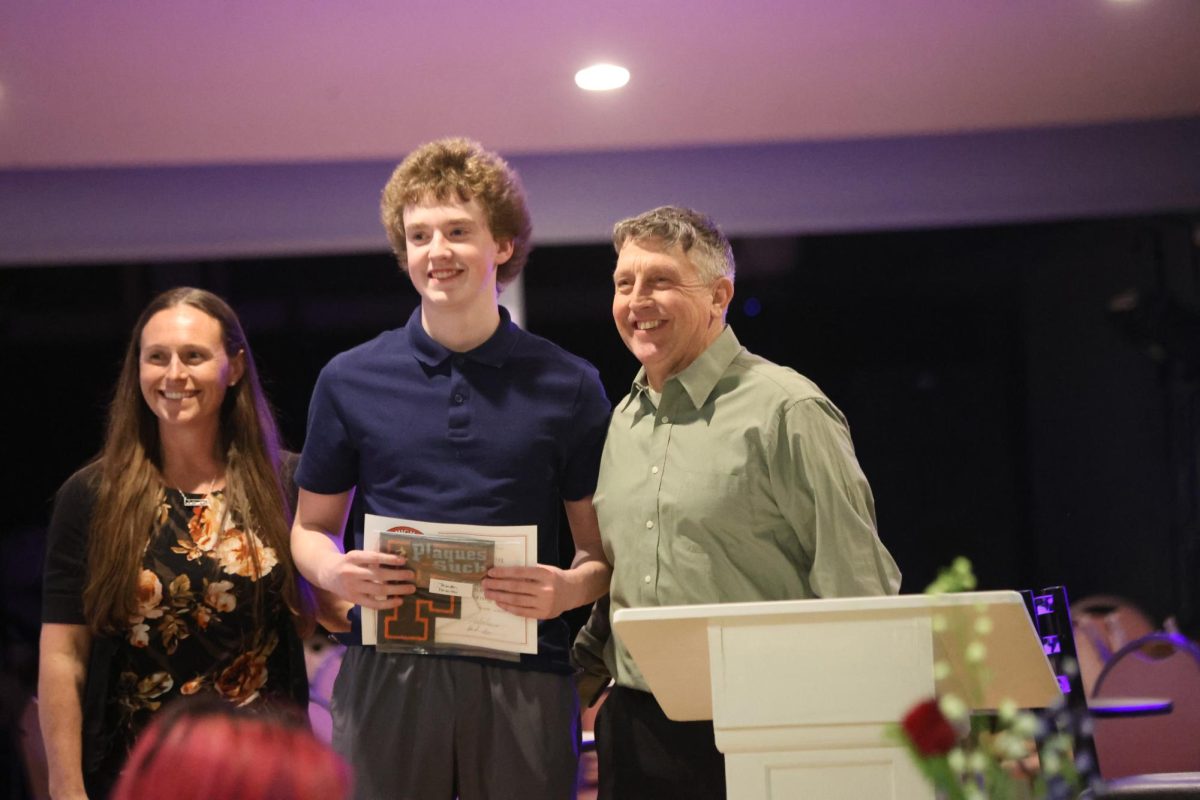Taking Lockdown Procedures to a New Level
November 20, 2017
Sitting in the classroom, working on a worksheet and a voice comes over the speakers and says that there is a practice lockdown procedure. As a result of the amount of break in’s and violences, the state wants to be prepared for intruders. Instead of waiting for someone to attack the school, the state is taking precautions to strengthen safety procedures by adding to the previous procedures.
“Law enforcement officials started looking at every time there was an incident at a school or any type of mass shooting and what else could have been done to save more lives,” Principal Mark Suchowski said. “The whole concept of making sure we barricade the door, making sure we have plans to meet somewhere off campus, making sure that in the event that you are trying to get out of a room and the door is breached and your barricade doesn’t work, then what? People should think about what the plan is and talk about it, as scary as that might be, just so you can do something to avoid the death and destruction.”
The number of shootings and many other violences has not only increased, but they are becoming more deadly. The number of people killed in one shooting has grown. From 2011 to 2014 attacks had tripled. The Harvard research showed that on average there is a public attack every 64 days, while from the previous 29 years there has been a public shooting on average of 200 days.
“I definitely think it will improve based on the evidence from the colleges where students barricaded the doors,” Science Teacher Lisa Stewart said. “The intruder did not even bother getting in as soon as he saw it was barricaded, he left and went to classrooms that weren’t barricaded. So, I definitely think the barricading helps. Exciting and leaving the building is smart, depending on where the gunman is. I think it could change the culture of the aggressor, if he is trained that way and everybody starts reacting that way then the aggressor starts to loose the power. I was never happy with sitting and hiding and putting sheets under the door.”
The procedure of staying quiet and sitting in a corner, would not do anything because what if the intruder got in, then what would happen. Some students got to experience a simulation in English teacher Lindsay Grady’s classroom. A student in that class said that the way they piled desks on each other was not effective either, but they had a solution to fix it.
“Putting the desks up against the door was not as effective as I thought it was going to be,” senior Libee Robinson said. “When the police officer came in, I thought the desks were going to fall on him, but they didn’t. I think that throwing stuff at him would have been more effective. Actually, it was kind of scary when he opened the door, he rattled it and we did not know who the person was. You get the whole effect of kind of being in a lockdown actually and seeing the police officer there made it all that more real.”

